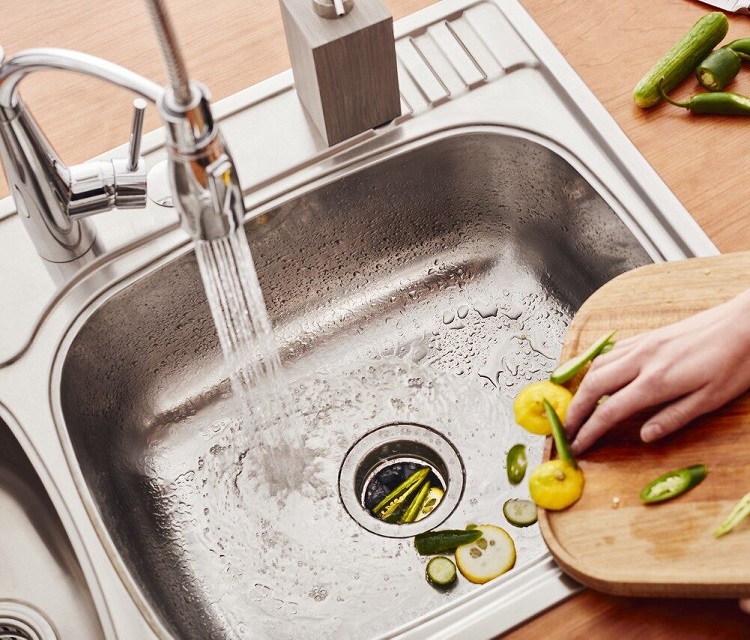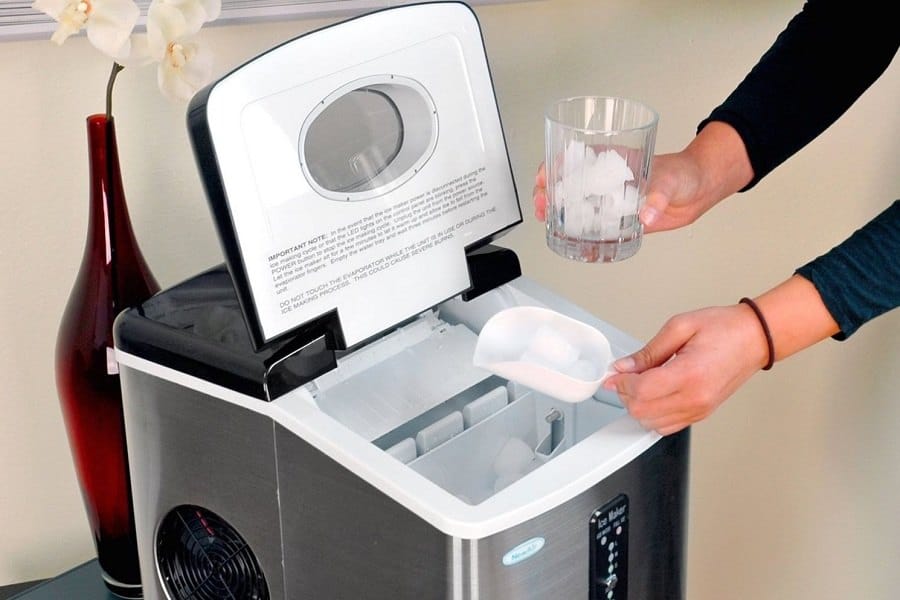A garbage disposal Trusted Source Garbage disposal unit - Wikipedia A garbage disposal unit (also known as a waste disposal unit, garbage disposer, garburator etc.) is a device, usually electrically powered, installed under a kitchen sink between the sink’s drain and the trap. The disposal unit shreds food waste into pieces small enough—generally less than 2 mm (0.079 in) in diameter—to pass through plumbing. en.wikipedia.org is one of the most important pieces of equipment in any kitchen. It ensures the hygiene of the kitchen as it helps you to dispose of the waste. While they are usually very reliable, sometimes issues might arise. If such issues happen, all you might need is a small nudge, or push, to make the equipment start working as normal. In this garbage disposal troubleshooting guide, we will consider some of the things that might happen to your reliable garbage disposal and what you can do when such happens.
With this guide, there is no need to call in the services of a professional. You will be able to handle any of the problems yourself. Garbage disposals are very straightforward to use and use a simple system to operate. Since they are some of the most-used equipment in the kitchen, they are liable to damage. At the end of this post, you will know what you ought to do to ensure that your garbage disposal continues to work.
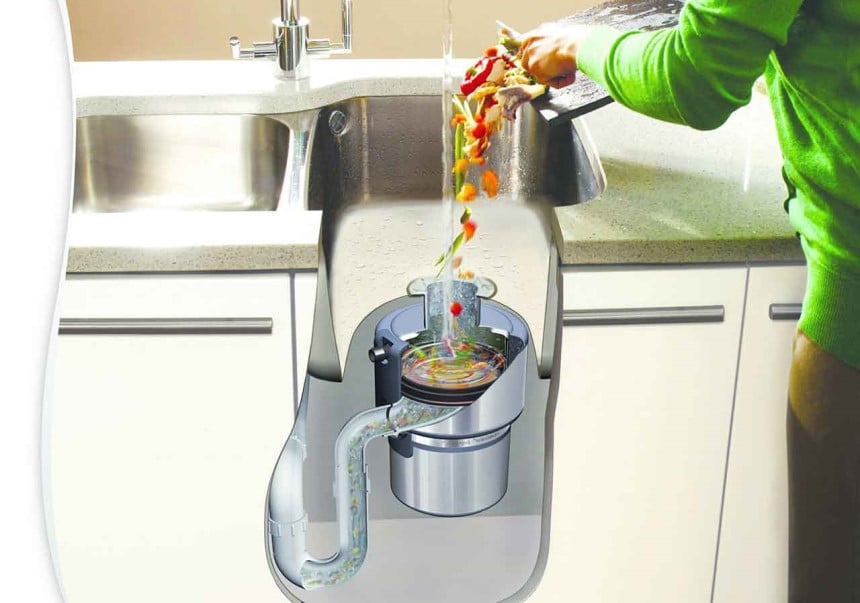
While there are several models of garbage disposal on the market, some things remain constant in all the models. Some of the parts found in almost every garbage disposal unit include:
The motor is arguably the most important part of the equipment and it comes in different sizes. You have up to four standard sizes.
The motor might also be an induction motor or a permanent magnet motor. As the name implies, the permanent magnet motor employs permanent magnets to work. The magnets in the motor create a consistent flux that ensures that your motor runs immediately after you switch it on.
For most people, this type of motor offers more effectiveness, especially when used with foods that are rich in fiber.
The 1 HP motor of the Waste King Knight is one of the best of its kind on the market.
This is another important part of the machine. The grinding chamber is often proportional to the size of the motor – the larger the motor, the larger the grinding chamber. Due to the motor size, you might have more or less torque and power. You will find different types of grinding chambers. A stainless grinding chamber is regarded as the best type because it is very durable and is easier to clean.
The mount is what connects the garbage disposal to the kitchen sink. There are two main types of mounts. The plastic mount is considered inferior to the metal mount. The metal mount offers better durability and will give a higher level of stability.
All of these parts combine to help you get rid of waste in your kitchen.
The unit is installed to the underside of the sink, and all the waste that passes through the sink goes through the collector. It should be noted that only solid waste goes to the garbage disposal. When it collects the waste, it transfers it to the grinding chamber.
When the garbage disposal is switched on, the impellers turn quickly, this forces the waste against the wall of the grinding chamber. This movement pulverizes the waste. The pulverized waste is then passed through the chamber wall.
Unlike what many believe, garbage disposals have blunt teeth and not sharp blades.
As we have said earlier in this article, the basic design of the garbage disposal has remained constant through the years. However, this doesn’t mean that all garbage disposals are the same. Instead, there are two types of garbage disposals. These are the batch feed and the continuous feed.
The continuous feed garbage disposal is an excellent type that comes with a simple mechanism. It is pretty easy to use and comes with an open-mouth design. It is easy to power it OFF and ON.
On the other hand, the batch feed design is more complicated. Here you need to place a lid on the mouth of the waste disposal before turning on the disposal.
When compared, many report the batch feed design type to be the safer of the two. In this design, you cannot run the machine if the drain is not closed. This makes it much safer to use. There is little chance of someone getting injured. With such a design, the disposal will not work while someone has their hand stuck in the disposal or if you have a wanted object in the drain.
The downside of this safer design is that it is more expensive to get.
A benefit of the batch feed is also that it uses a relatively smaller amount of water to run, unlike the continuous feed that requires up to one gallon of water daily. Pair this with the best stainless kitchen sink and you will have a kitchen that is the envy of all.
One good thing about the garbage disposal unit is that it doesn’t need plenty of maintenance or supervision throughout its lifetime. However, when you are using the disposal, keep in mind these safety tips. They will help you to safely care for the unit even when there are repairs to be made.
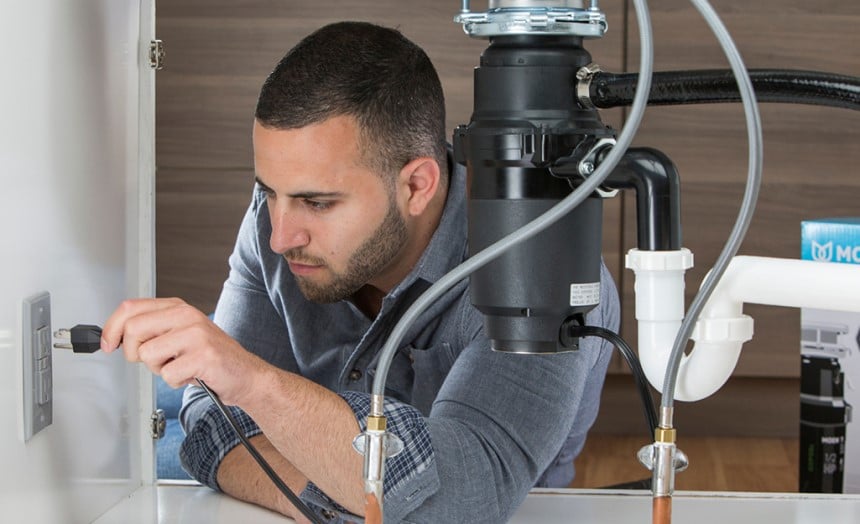
During troubleshooting, do not dip your fingers into the system to remove any debris or unclog the machine. Using pliers or similar tools will remove any chances of injury to your fingers. If there are any fibers in the blade, most of the best garbage disposal units come with a wrench. Use the wrench to untangle any fibers.
Now that we have seen some of the most important things to know about garbage disposal, let us now delve into some of the common issues that are encountered by users and how to solve these problems.
Here is how to solve this issue

If you observe that the machine fails to turn ON even after you have flipped the switch, then that is an issue. If it is switched and fails to give the humming sound that indicates the motor is running, then you very likely have an electrical problem that is stopping current from entering the unit.
If this is what you face, then the tips here can help you. We begin with the most probable factors and find out what can be done.
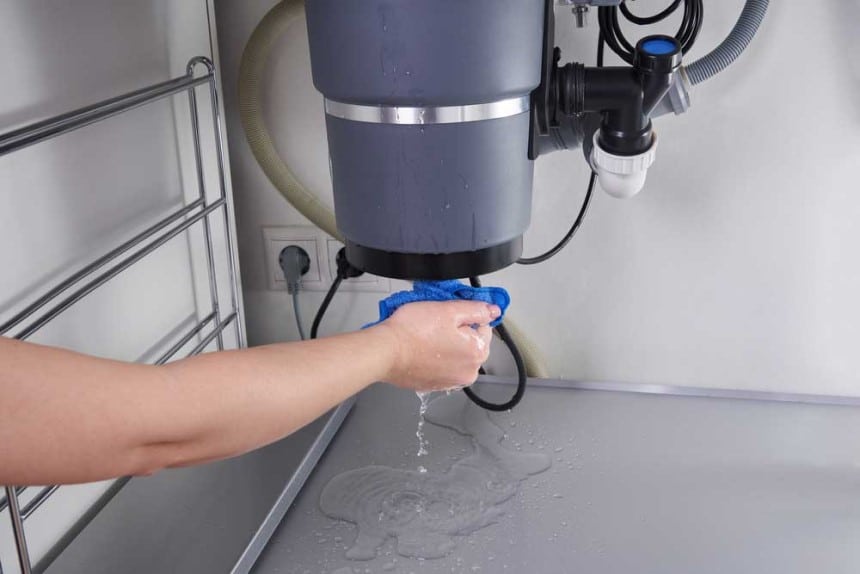
There might also be leaks from the pipe that carries water from the garbage disposal to the drain pipe.
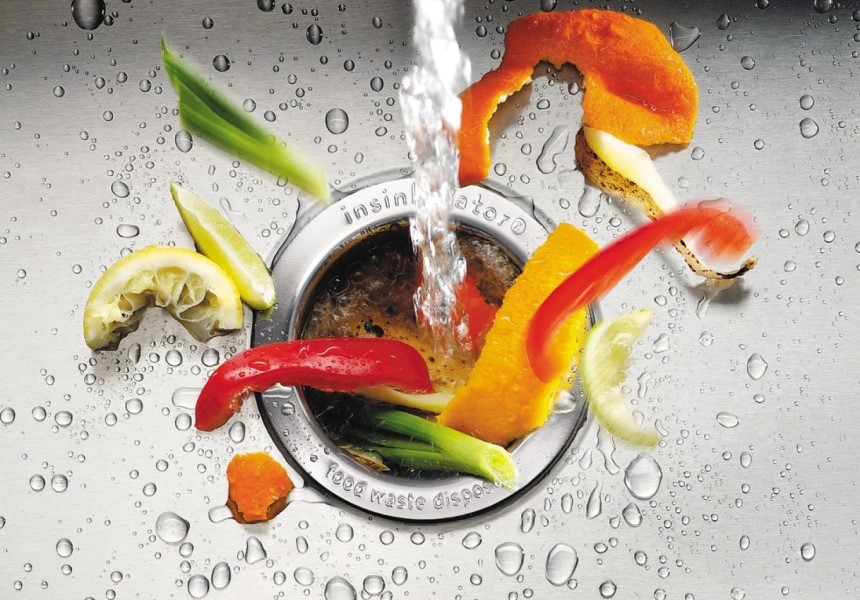
If you have a smelly garbage disposal, here is what to do.
There are some pretty popular brands of garbage disposal on the market. In this section, we will consider how you can troubleshoot some of the most popular models from these brands.
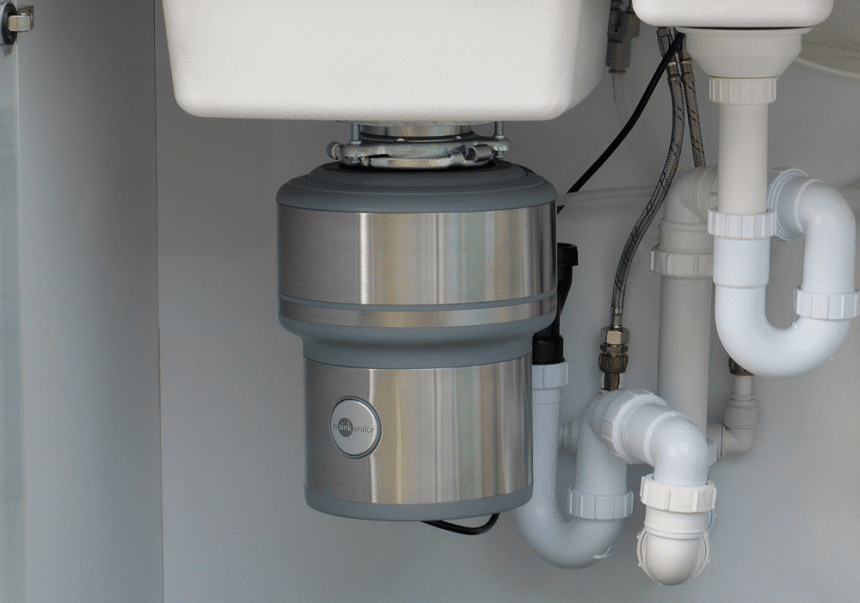
Step 1
Unplug the unit or switch it off from the circuit breaker panel. Drain the sink or find a way to remove the water. Insert the wrench into the unit until the flywheels move freely.
Step 2
Reset the unit via the RESET button at the base.
Step 3
Use pliers to remove any debris found in the disposal chamber
Step 4
Turn on the water and the disposal unit.
If you don’t want plenty of issues, many reviewers recommend the InSinkErator Evolution Excel as one of the best models from the brand.
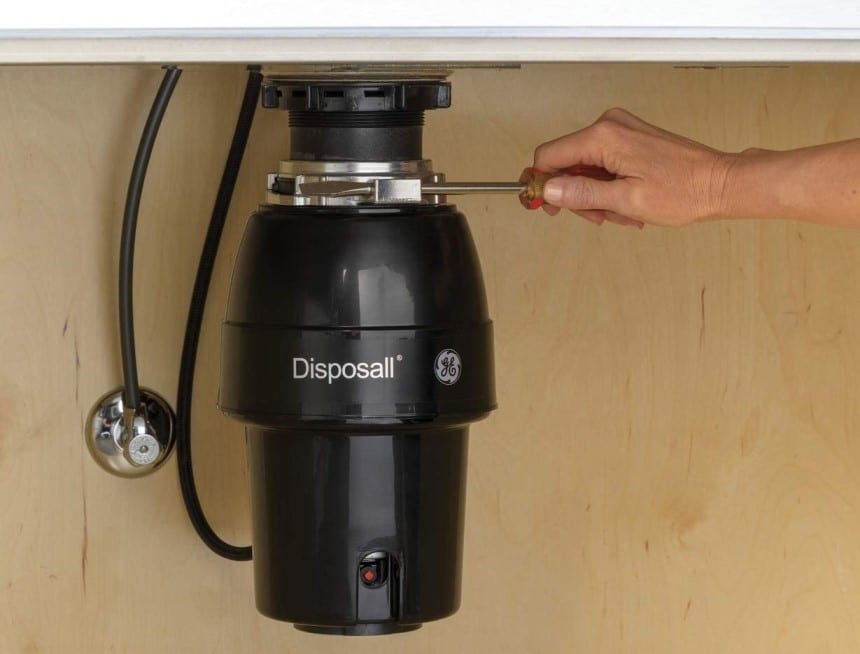
Press the reset button, hold it for a second, then release it. Test out the disposal unit.
Step 2
If it doesn’t work, you might have something stuck in it. Switch off the power and unplug the unit. Then find the opening at the base of the disposal and use the Allen wrench to unclog the flywheels.
Step 3
If the obstruction is not found or cannot be removed, use a long screwdriver to wiggle the plate until it can freely move. Once you do this, switch on the unit. If it still doesn’t work, then you will have to replace it.
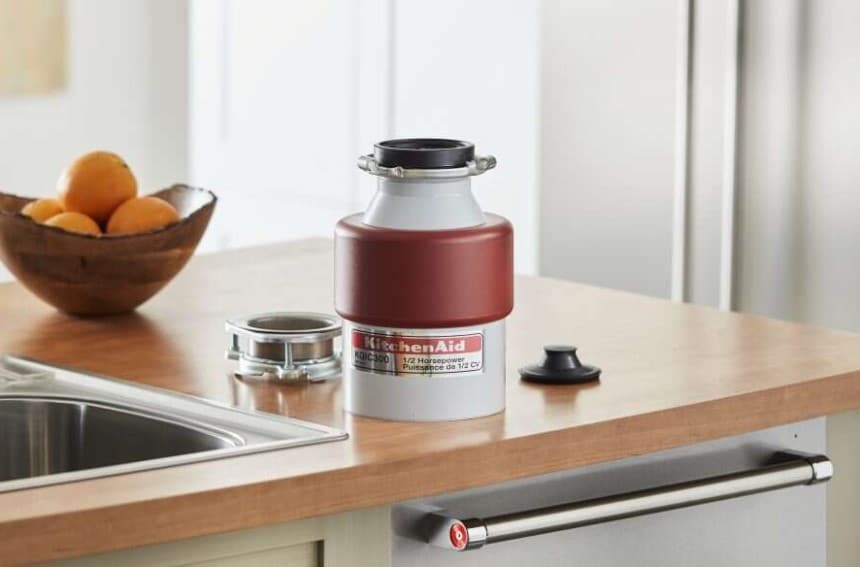
Step 1
Put the wrench into the flywheel at the bottom
Step 2
Turn the wrench clockwise to free the flywheel
Step 3
You can also free the flywheel using a long screwdriver or broom handle.
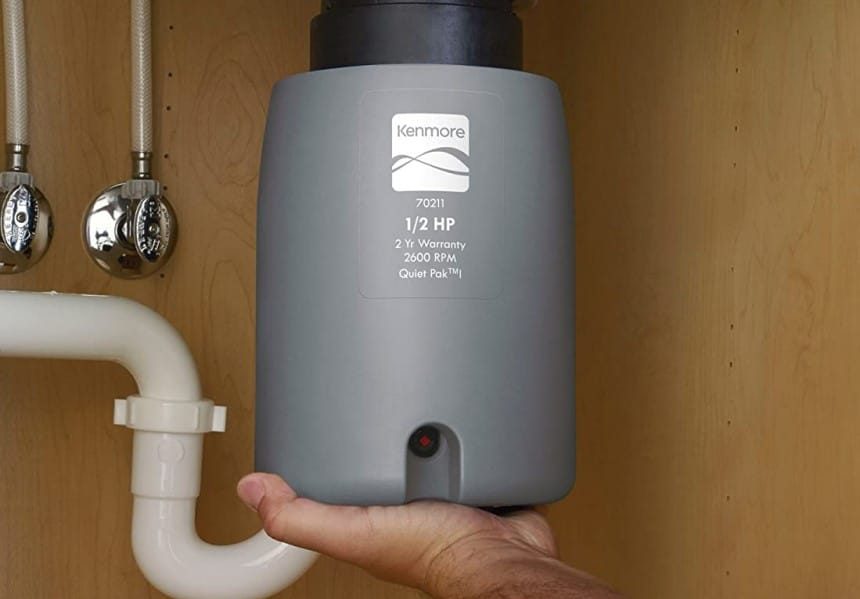
Step 1
Check the shredding plate and ensure that it isn’t stuck. If it is, use the Allen wrench to free it by moving it back and forth. If it still hums after freeing the plate, then you have to replace the motor.

Step 1
Switch off the machine and turn off any running water.
Step 2
Insert the wrench into the hole at the center of the disposal’s bottom and move it back and forth until it turns completely.
Step 3
Remove any debris using pliers or gripper. You can also use the RESET button at the bottom.
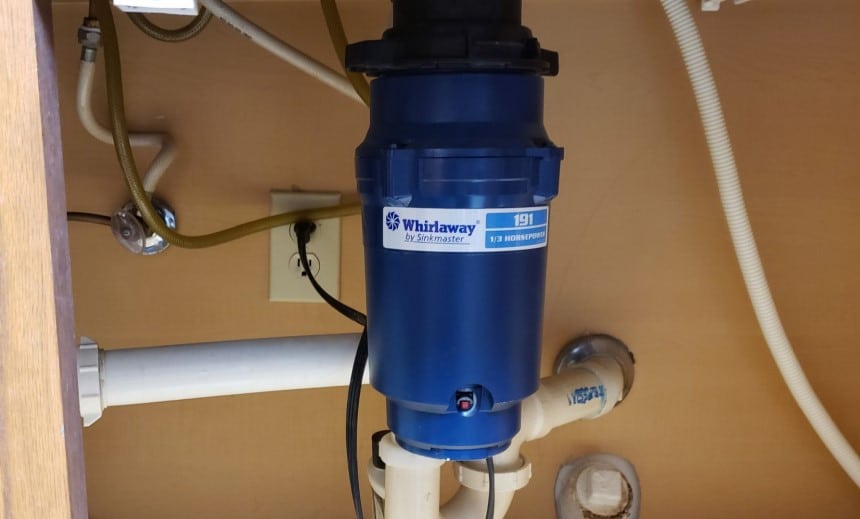
Step 1
Insert an Allen wrench into the opening on the bottom of the unit’s body. Wiggle this until it turns freely.
Step 2
If there is no hole at the bottom, use a long screwdriver through the top opening and wiggle the plate of the disposal
Step 3
If it is still jammed, then you need to get a new unit.
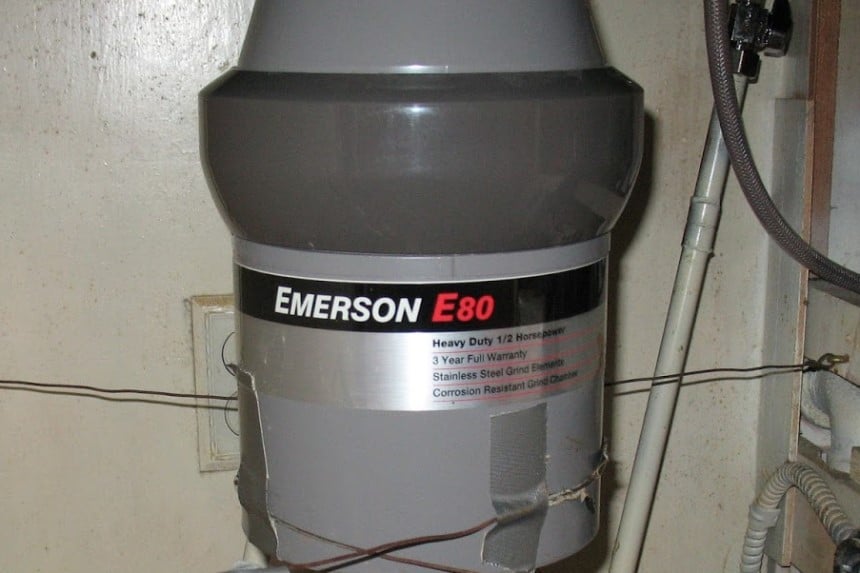
Step 1
The most likely explanation is that the safety switch has been tripped. So, press the RESET button at the bottom of the disposal to get it working again.
Step 2
If it doesn’t work, then use the Allen wrench to wiggle the plate manually.
So we have provided garbage disposal troubleshooting tips for you. With this information, you can get your unit back to work without having to hire the services of a professional. It will save you time and money. With proper maintenance culture, you can ensure that your garbage disposal works well for a long time. We hope this article helps you to take proper care of this useful appliance.
